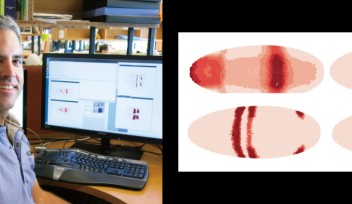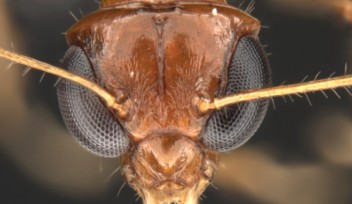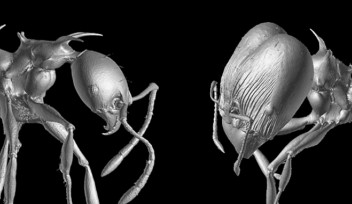The Way Fission Yeast Survive

How do cells decide whether to grow and divide or to stop? In order to answer this fundamental biological question, Dr. Kenichi Sajiki and his colleagues in the OIST G0 Cell Unit have been using the fission yeast Schizosaccharomyces pombe to study what is happening inside its cell from the time it detects the exhaustion of nutrients to the time it stops division. Their results showed that major changes occurred in metabolites within one hour after the starvation of nutrients (the nitrogen source) took place. The findings were published in the open access journal Metabolites on December 13, 2013.
Fission yeast is known for being the simplest eukaryotic organism suitable for studying fundamental cellular processes that have been conserved in humans through evolution. Fission yeast survives on glucose, vitamins, minerals and other nutrients present in the surrounding environment. When nitrogen sources run out, however, its growth dramatically slows: The fission yeast divides only twice in the subsequent eight hours or so, and completely stops growing or dividing when its cells reach half their regular size. There are no visible changes in the cells within the first hour after they are deprived of nitrogen sources. Hence, the reactions within the cells during this period were poorly understood.
In order to characterize the physically invisible changes that occur immediately following nitrogren depravation, Dr. Sajiki and others looked into how metabolites in the fission yeast cells change within 15 minutes, 30 minutes and 1 hour after nitrogen exhaustion. Metabolites are substances produced by the cells from nutrients for sustaining themselves, and analyzing these metabolites helps us understand the activity in cells. Out of thousands of peaks recognized by OIST’s mass spectrometer, the team studied 75 metabolites that were identified in the three experiments. The results showed that there were some dramatic changes in metabolites within 15 minutes of nitrogen starvation, with some sharply increasing, while others in a particular group disappeared, despite an absence of visible cellular changes at this stage. These trends might be immediate responses to nitrogen starvation and are being investigated further. These findings revealed that changes in nutrient sources in the surrounding environment had an immediate impact on the production of metabolites within the fission yeast cells. The results also revealed that changes in the availability of nitrogen alter some members of the metabolic pathway of glucose, although the exact mechanism and effect is unknown.
“It was challenging to identify which portion of the complicated cellular reaction cascade was directly associated with the starvation of nitrogen sources,” Dr. Sajiki said. Now that the study has enabled him to grasp the whole picture of what is happening within the fission yeast cells immediately after nitrogen starvation, he wants to delve into how these initial reactions result in the cell division arrest that occurs eight hours later. Moreover, the reactions seen to be affected by nitrogen depletion in this study can also be used as indicators for finding genes that cause cells to improperly respond to changes in their environment and continue to divide. Further understanding of this reaction mechanism may pave the way for discovering a therapeutic treatment for cancers and other diseases characterized by excessive cell division.
For press enquiries:
Press Inquiry Form
















